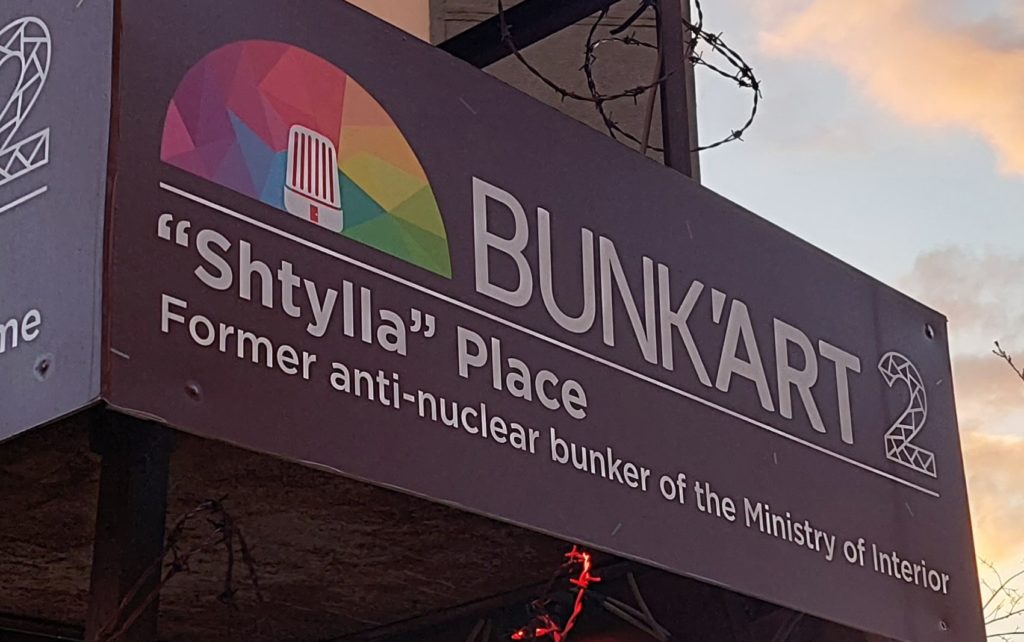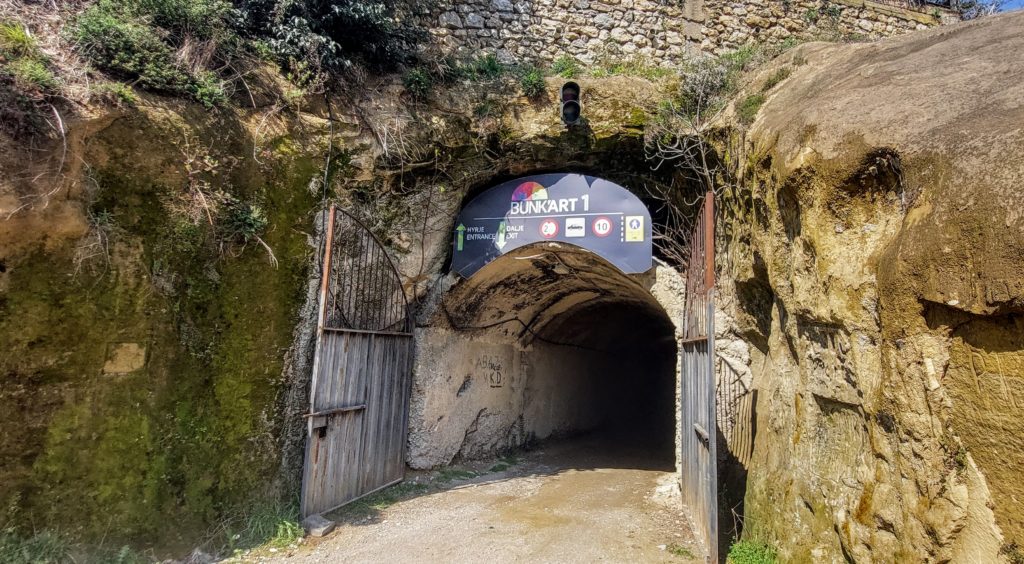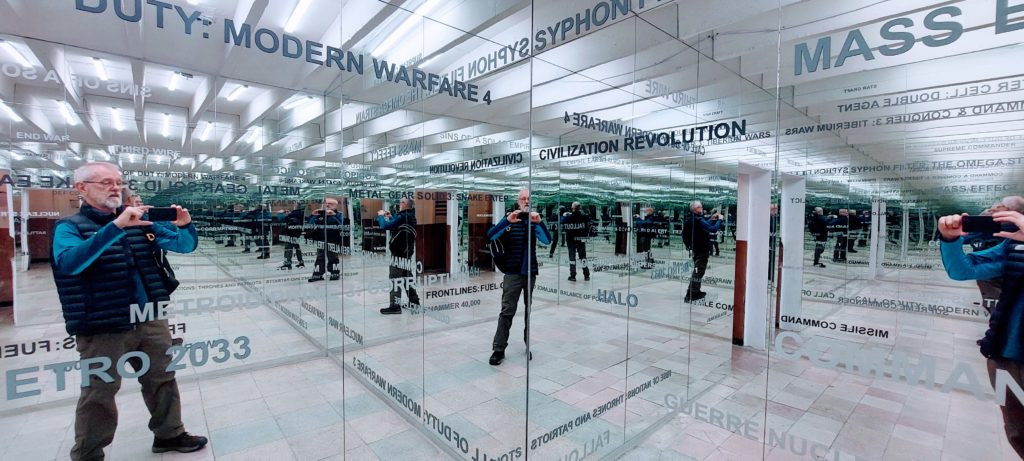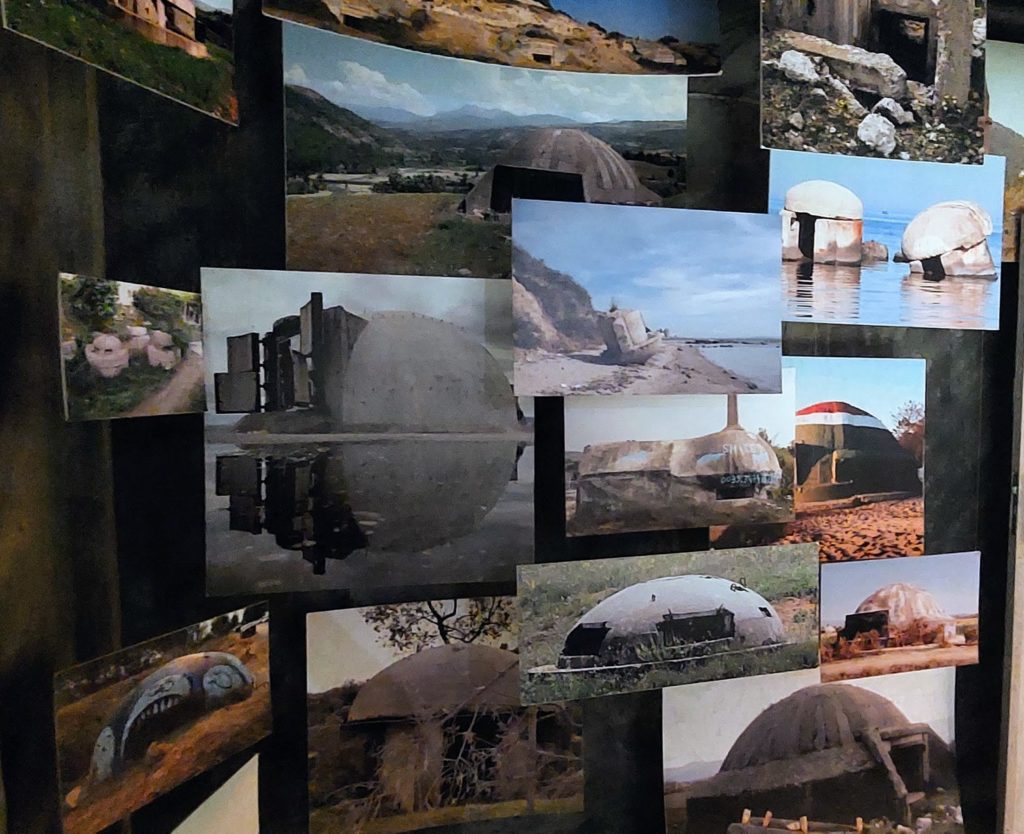
The pair of Bunk’Art exhibits in Albania’s capital city of Tirana, each combine history and contemporary art in expansive underground bunkers left over from the Cold War period of 1978-91.

During this time, Albania was placed under a policy of nearly complete isolation by its government led by the ruthless, paranoid dictator Evner Hoxha, who even banned all religious practices in the country.
An estimated 5,000 Albanians were killed, either while trying to escape the country through highly militarized borders, or for simply being suspected of opposing the Hoxha regime.
An estimated 45,000 Albanians suffered severe persecution, many of them merely friends or relatives of active proponents of freedom for Albanians in a campaign of political terror throughout the small Balkan country.
In addition to the two Bunk’Art fortifications for officials, nearly 50,000 small underground bunkers were built for the protection of Albanian citizens who were instructed to report to them and fight for their country if invaded.
Additionally, approximately 175,000 “fighting” bunkers were built and designed specifically for military protection of the country. Remains of many of both kinds of fortifications continue to exist throughout the country of 3 million people.

Bunk’Art 1 & 2 are both museums of history and multi-media art that explore the terrible, 51-year period of war-torn communist rule in Albania until 1991.
Memories of these years still haunt generations of Albanians old enough to remember the horror. Yet today visitors see a robust city of growth and hope for continued peace and prosperity in their storied country.

The museums are maintained as reminders of the long suffering their elders remember.
For visitors, the museums may seem depressing, but they serve as stark reminders of the darkness and despair that falls when a fascist dictatorship takes control and asserts its powers spy on and persecute its citizens.
The museums are important to understand the terror that gripped Albania during this significant period of the 20th century, and the role it played in understanding Albania’s entry into a free and democratic society that continues today.
I didn’t intend to complete my posts in Albania on this sad note, but it’s an integral part of Albania’s past that cannot be forgotten in light of its present and future.
Tirana, the capital of Albania where I spent the last two months, is full of friendly people who have made my stay here a wonderful experience. My only regret is that I arrived here with projects I wanted to work on, which consumed a lot of my time.
On Saturday I’m leaving by bus to continue my travels in Sofia, Bulgaria. But I’m leaving with a strong desire to return soon to savor a fuller experience of life in Albania.
You are amazing, David. Thank you for sharing your journeys and your life with the world.